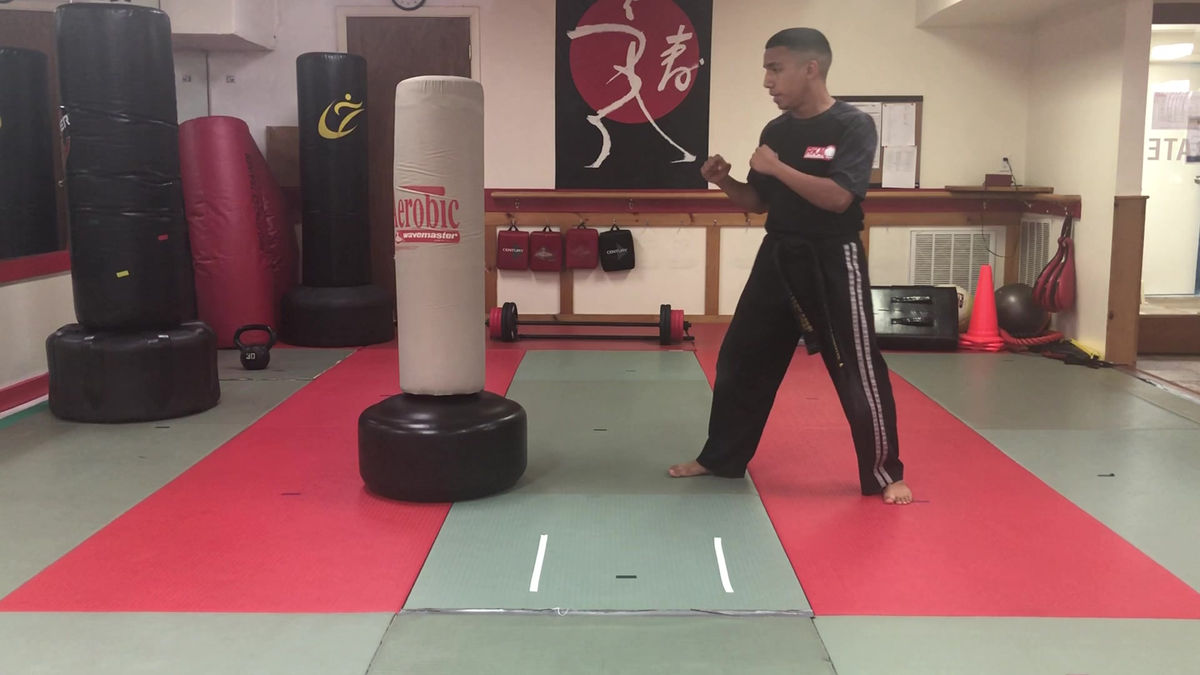The Impact of Martial Arts Training on New York Jets Players Performance
- Joseph Fanning
- Nov 23
- 3 min read
The New York Jets have long been known for their physicality and resilience on the football field. Recently, an interesting trend has emerged within the team’s training regimen: the integration of martial arts. This approach is not just a fitness fad but a strategic move to enhance players’ agility, strength, and mental focus. Martial arts training offers unique benefits that complement traditional football workouts, helping Jets players improve their overall performance.

How Martial Arts Improve Physical Conditioning
Martial arts training involves a combination of strength, flexibility, balance, and endurance exercises. For Jets players, this means:
Enhanced agility: Martial arts drills require quick footwork and precise movements, which translate well to dodging tackles and making sharp cuts on the field.
Better balance and coordination: Techniques like kicks, punches, and stances improve body control, reducing the risk of injury during games.
Increased core strength: Many martial arts focus on core stability, which supports better posture and power in football movements like blocking and tackling.
For example, players who practice Brazilian Jiu-Jitsu develop strong grips and leverage skills that help in close-contact situations. Similarly, Muay Thai training improves striking power and conditioning, which can boost a player’s explosiveness.
Mental Benefits of Martial Arts for Football Players
Martial arts are not just physical; they demand high levels of mental discipline. This mental training helps Jets players in several ways:
Improved focus: Martial arts require concentration on technique and timing, which helps players stay sharp during fast-paced games.
Stress management: The controlled breathing and meditation aspects of martial arts reduce anxiety and improve recovery after intense matches.
Confidence building: Mastering new skills and overcoming challenges in martial arts boosts self-confidence, which can translate to better on-field leadership.
A Jets linebacker shared that practicing karate helped him stay calm under pressure and react faster during critical plays. This mental edge is often the difference between winning and losing close games.

Practical Integration of Martial Arts in Jets Training
The Jets coaching staff has incorporated martial arts into their weekly training schedules. This includes:
Dedicated martial arts sessions: Players attend classes led by professional martial arts instructors who tailor exercises to football needs.
Cross-training benefits: Martial arts complement weightlifting and cardio workouts, providing a balanced fitness routine.
Injury prevention: Techniques learned in martial arts help players fall safely and avoid common football injuries.
One notable example is the Jets’ use of judo throws to teach players how to maintain balance when tackled. This skill reduces the chance of awkward falls that cause injuries.
Success Stories and Player Feedback
Several Jets players have reported noticeable improvements since adding martial arts to their training. For instance:
A wide receiver improved his hand-eye coordination and reaction time through boxing drills.
A defensive lineman increased his flexibility and reduced muscle tightness with regular stretching routines from karate.
The team’s special teams unit credits martial arts for better teamwork and communication during high-pressure plays.
These examples show how martial arts training can be customized to meet the specific demands of different football positions.

Final Thoughts on Martial Arts and Football Performance
I think that the martial arts are a great way to cross-train for football. It adds a lot of throwing and grappling skills which are allowed according to football rules, often on defense within the fist 5 yards of play for linemen and linebackers alike.
Joseph is an orange belt in karate. He runs a video gaming and AI/machine learning, LLM site.










Comments